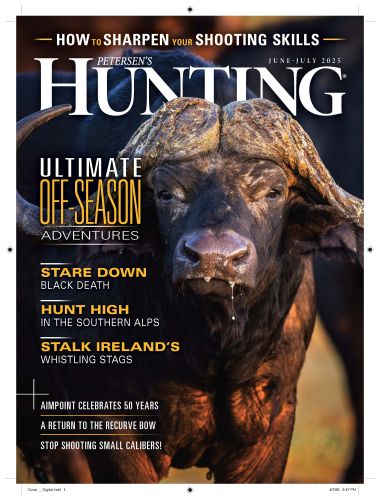Millions of people flock to Western national parks every year for the chance to see elk, deer, pronghorn, grizzly bears, wolves, and more. Visitors bring their families and spend their money in neighboring communities. And like those seasonal visitors, most of the wildlife that summers in high-profile parks like Yellowstone and Grand Teton don’t stay year-round, either. They migrate outside park boundaries to escape deep snow and harsh winters.
Those migrations have worked for millennia, even as settlers brought cows and sheep and staked their claims. But as it becomes harder to make a living off livestock, private ranches — the ones that harbor the wildlife that interests both hunters and tourists — continue to be subdivided and developed.
To prevent all this slicing and dicing, a former Wyoming lawmaker and rancher had an idea: Would millions of NPS visitors be willing to pay a little extra to help support the land that supports the wildlife they travel to see?
University of Wyoming researchers asked just that question last summer, and discovered that of nearly 1,000 people surveyed, 75 percent said they would pay an increased tax on park concessions and other goods that would go to conservation outside the park. And 66 percent agreed to a hypothetical added fee at the entrance gate.
“The support for funding wildlife conservation is a testament to how important wildlife are to park visitors,” says Hilary Byerly Flint, a UW research scientist and lead author on the paper published Monday in the journal Conservation Science and Practice.
In fact, about 77 percent of those surveyed said they traveled to the parks primarily to see wildlife. If that wildlife declined, half of respondents said, so would their visits.
Conserve Private Habitat to Boost Public Wildlife
The national park system was created, in part, to protect wildlife habitat across the country and preserve unique wild spaces for public enjoyment. But research has shown that these sorts of wildlife islands aren’t sufficient to maintain robust populations. One seminal study published almost 40 years ago in the journal Nature showed more species went extinct in 14 Western parks than the species that naturally reestablished there. In other words: Just because Yellowstone seems big doesn’t mean it contains enough land and resources to house abundant wildlife within its borders forever.
Animals like elk, deer and pronghorn need to move to access the best food and escape snow, says Arthur Middleton, a longtime big game and large carnivore researcher and professor at University of California, Berkeley. But while the West still contains abundant public land (Wyoming is about 50 percent public) those private and tribal land corridors are crucial to herds.
“The big picture for me is there needs to be a serious influx of resources to pay for habitat conservation,” he says.
Albert Sommers, the rancher who first proposed this idea, agrees.
“These ranches of the West, they really hold together the landscape and the wildlife,” he says. “Because most of what we control is the riparian areas, and it doesn’t matter if you have 100,000 acres of open area around it if you can’t move animals through.”
He’s watched for decades as neighbors sell and subdivide their ranches. One ranch to the south of him just built a golf course in prime moose habitat.
The money could go to help landowners offset costs to build fence around hay fields or keep elk away from cattle to prevent the spread of diseases like brucellosis. It could also go toward wildlife over and underpasses and to pay ranchers for easements to keep land intact for generations to come.
“It’s not like we’re losing people in the West,” he says. “Pressure to sell and subdivide are only increasing.”
And parks may well be contributing to that pressure, says Middleton. Places like Yellowstone and Grand Teton draw millions of people that drive on rural highways. But they’re also a draw for people looking for second or even third homes in pristine natural areas. In fact, a 2008 study showed that development around the globe increases near protected areas like parks. And more development means less wildlife habitat.
“Everywhere needs conservation funding,” Middleton says. “But parks create their own weather pattern.”
Read Next: How Seriously Should We Take the Sale of Federal Lands? Very Seriously, Experts Say
The research didn’t focus yet on the logistics, but Middleton says park supervisors have talked about the need for more revenue from visitors. The study also stressed the importance of not increasing fees to the point where visiting becomes unattainable for low-income families.
Funneling money from park visitors wouldn’t be a silver bullet to the West’s wildlife struggles, Middleton cautions. But as working lands face drought and harsh winters, volatile market prices and uncertain futures, asking park visitors to help pay for land and wildlife conservation is a start.
Read the full article here




